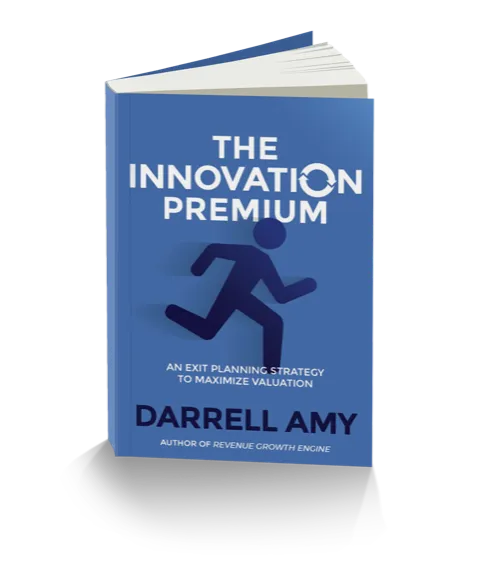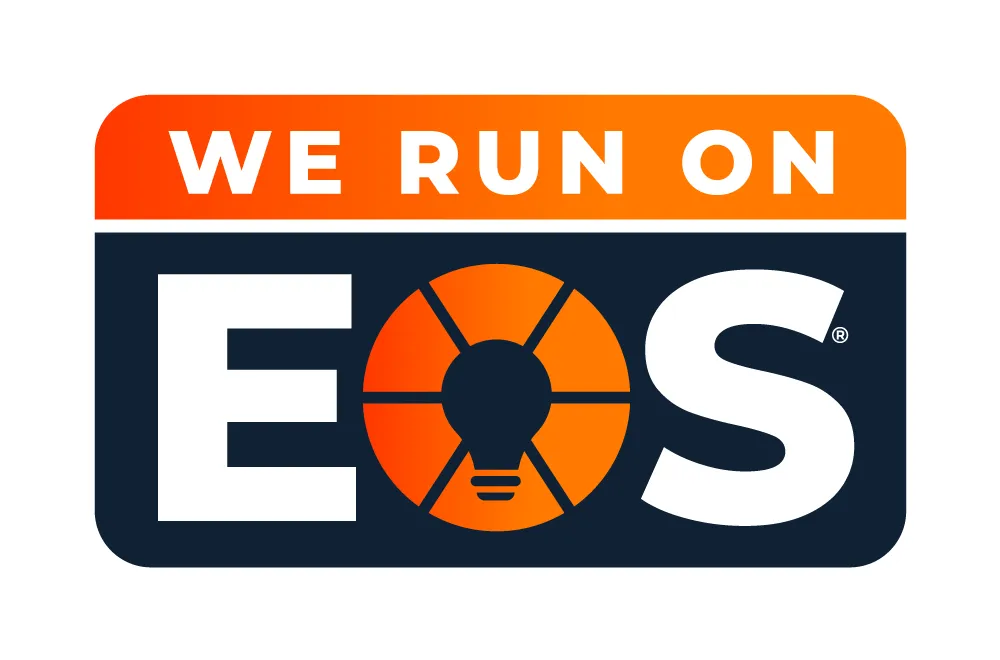THE VALUE CREATION BLOG

Four Stages of a Business--Which Stage Is Your Business In?
Every business goes through stages. Owners and managers need to understand the stage of the business so they can manage effectively while leading toward the next stage.
There are four stages:
Start
Scale
Sustain
Sell
Today, let’s explore the four stages. As you read through this, ask yourself where your business is along this journey.
Stage One: Start
A new business begins with a theory. In the start phase, the goal is to turn this theory into a working business model. The founder will be highly engaged as the small team figures out what works and what doesn’t.
Innovation rules the day in a startup. New ideas need to be quickly tested and optimized. Teams need to be able to pivot based on what they learn. The core engine is a Strategic Innovation Engine™. Value is created by proving the market’s willingness to pay for new ideas.
Teams lean heavily into the Working Geniuses of Wonder, Invention, and Discernment during this phase. People who are comfortable with strategy and ideas are critical, along with people who can discern what is most likely to work.
By necessity, the core metric of the startup phase is cash flow. Without cash, the business will die. However, the business needs to begin with the end in mind. As such, the core metric should be enterprise value. What business model will be scalable and sustainable to create the most enterprise value? Startups that fail to ask this question get stuck. This is why 79% of businesses are under $1M in revenue.
Stage Two: Scale
Once the business has found a model that works, it’s time to shift to scaling the business. A company in this phase is building and enabling teams.
The culture adds a new layer, moving from an entrepreneurial culture to a culture of execution. Operational teams are built to execute revenue. The core engine is a Revenue Growth Engine®. At this stage, value is created by executing marketing, sales, and delivery.
During this phase, the focus goes toward building teams with the Working Geniuses of execution: Galvanizing, Enablement, and Tenacity. The growing teams focus on getting the job done.
The core metric at this phase is revenue growth. Underneath that revenue are critical scorecard metrics for net-new (number of new customers) and cross-sell (revenue per customer). Customer churn and satisfaction should be closely monitored so the flood of new customers doesn’t drown out execution flaws. Similar to the startup phase, the company needs to be tracking its Enterprise Value. This helps ensure the company is scaling the right way.
Leadership needs to evolve as well. Many visionary founders recognize the importance of putting in a general manager or integrator to run the daily operations of the company. Otherwise, they risk disrupting the scalability. Visionaries should stay engaged in innovation, working on the business. However, innovations need to be vetted and tested before being rolled out to the execution team.
Stage Three: Supercharge
Now it’s time to grow profit.
During the supercharge phase, the leadership structure shifts from one general manager to a full executive team.
The culture adds another layer to its foundation of entrepreneurship and execution: excellence. The core engine is the Profit Growth Engine™. Focus shifts to efficiency and automation that supercharge the customer experience. Risk reduction becomes important as well.
As the company grows, layers of managers need to be equipped to lead and manage their people. Rather than leading people, the executive team shifts to leading leaders.
The core metric during the supercharge phase is profit. Underneath profit are crucial scorecard metrics like revenue per employee and profit per employee. Once again, the company needs to track Enterprise Value at this stage, looking not only to the EBITDA but how sustainable that EBITDA will be over time.
Stage Four: Sell
Now it’s time to make sure the company is ready to sell. This is especially true for business owners that don’t intend to sell the business since 52% of business sales are unplanned due to things like death, divorce, disability, and disagreements.
A business that is ready to sell is a business that is ready to continue growth.
The core metric at this stage is Enterprise Value. Of course, this should have been measured at every stage of the business. Sadly, many companies don’t measure and track Enterprise Value until the sell stage. Thus, as they move between stages, they tend to leave the DNA of the previous stage behind:
Startups shift to Scaleups and lose the entrepreneurial DNA in favor of growth.
Scaleups shift to Supercharge and lose the DNA of growth in favor of profit.
What should happen is that a company should keep the DNA of each stage and build upon it. Companies that have lost the DNA of a stage along the way need to go back and rebuild it.
At this point, the business needs to become truly independent of the founder. While the founder may want to stay engaged, a healthy business should be able to run without their daily involvement.
Founder independence needs to include both aspects of the business:
Working In the Business
Working On the Business
Of course, we expect there will be people to work in the business. But what about teams working on the business? Companies that have evolved strategically will have assembled cross-functional teams along the way to work on the business:
The Strategic Innovation Council propels the entrepreneurial culture.
The Revenue Growth Council drives the culture of execution.
The Profit Growth Council powers the culture of excellence.
This company is ready to sell. Most likely, it is set up to attract a strategic buyer who will see it as a platform company. This is where the multiples on EBITDA get fun! And, it’s where the owner and shareholders have lots of options.
Where Is Your Business?
In light of all this, here are a few questions for self-assessment:
What stage is your business in right now?
How well are you doing in this stage?
Have you preserved the DNA from previous stages?
Are you preparing to move to the next stage?
Are you measuring Enterprise Value?
FREE BUSINESS VALUATION
What is Your Business Worth?
You can Discover the Value of Your Business in Less than 20 Minutes!
Join 70,000 business owners and get your score on the 8 Factors That Drive Your Company’s Value, a comprehensive analysis of your score and a detailed action plan for how to improve your score on each.


PREORDER YOUR FREE COPY NOW
Discover How to Create a Premium Valuation for Your Business
Learn how to command a premium multiple on your business
Find out why buyers discount their offers
See how innovation can help you create a premium valuation
Estimate your company's innovation index



